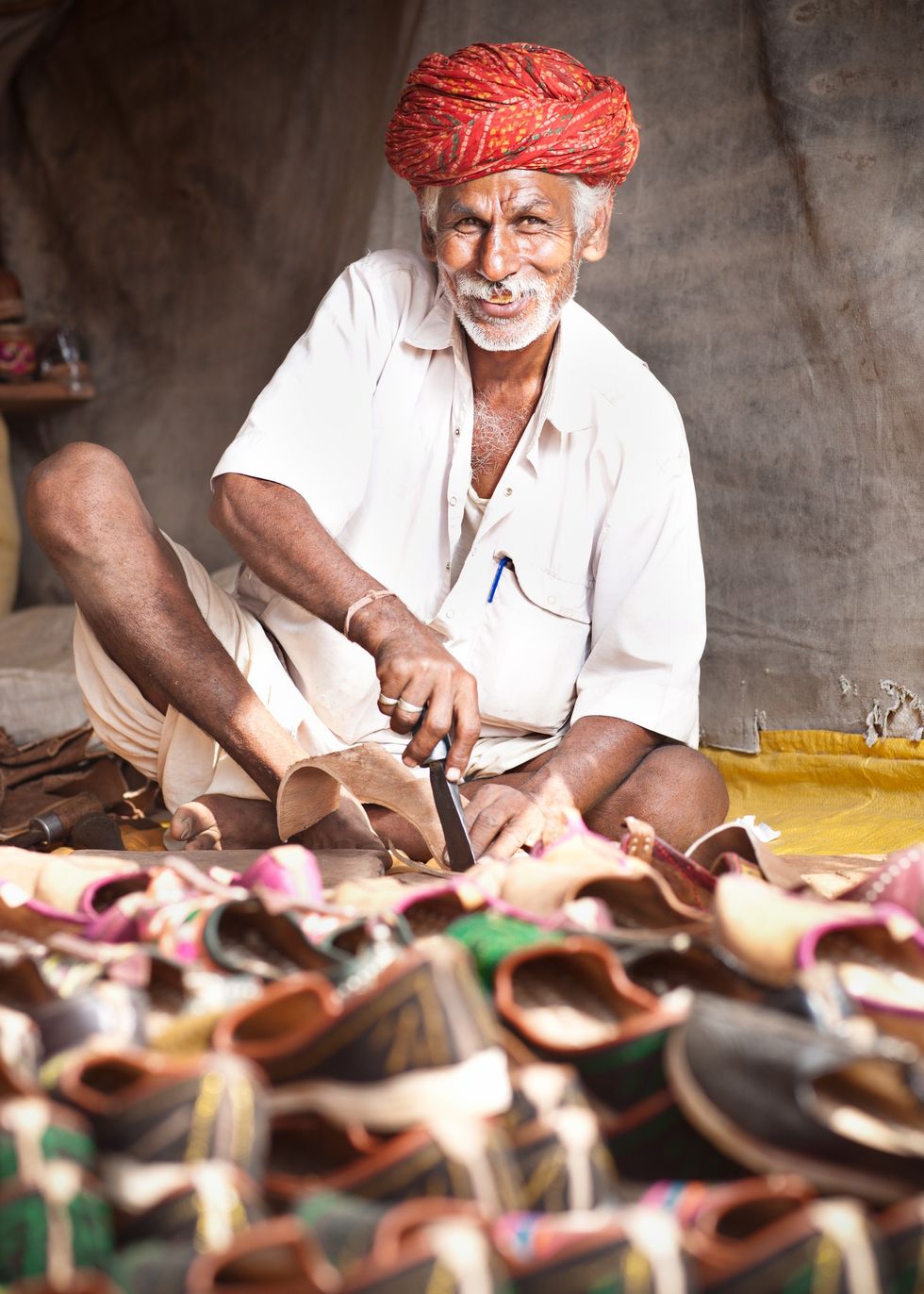If you lead a sedentary life, drinking coffee may shield you from many of the mortality risks.
Non-coffee drinkers who sit for six or more hours a day are 58 per cent more likely to die of all causes, when compared with coffee drinkers, according to a research published in the journal BioMed Central (BMC) Public Health.
The researchers at the Medical College of Soochow University's School of Public Health in China also found that sedentary coffee drinkers were at a 24 per cent lower risk of mortality when compared with non-coffee drinkers sitting for at least six hours a day.
For this study researchers followed over 10,000 adults in the US for up to 13 years.
The result, not featuring in the study, was calculated at The Washington Post's request, according to the media website's report.
"The benefits of coffee consumption in improving overall survival in adults compared to sedentary behaviour are manifold," the authors wrote in the study.
Consuming coffee lowers risk of metabolic problems known to worsen inflammation, which contributes to heightening death risks because of sedentary behaviour, they said.
In their study, the authors found that the risk of dying from any cause significantly lowered - by 33 per cent - among a fourth of all the participants consuming highest amounts of coffee compared to non-coffee drinkers.
The results were consistent with those from previous studies, which have found a link between drinking more coffee and a lowered risk of dying from any cause and heart disease, they said.
Compounds present in coffee, including caffeine and polyphenols, are anti-inflammatory in nature. However, how exactly coffee works in the body to lower risk of dying is still unclear, the researchers said.
The team also found that sitting for more than eight hours a day was linked with over 40 per cent higher risk of death from any cause and almost 80 per cent higher risk of dying due to heart disease.
For their analysis, the researchers used data from the National Health and Nutrition Examination Survey (NHANES), which follows Americans' health and nutrition.
"Given that coffee is a complex compound, further research is needed to explore this miracle compound," the authors wrote. (PTI)















 Shefali Jariwala death raises concern over anti ageing drugs and self medication Instagram/shefalijariwala
Shefali Jariwala death raises concern over anti ageing drugs and self medication Instagram/shefalijariwala  Anti ageing pills found at Shefali Jariwala home spark health safety debate Instagram/shefalijariwala
Anti ageing pills found at Shefali Jariwala home spark health safety debate Instagram/shefalijariwala 
 Prada confirms Kolhapuri chappals inspired its 2026 Milan collectionInstagram/
Prada confirms Kolhapuri chappals inspired its 2026 Milan collectionInstagram/ Kolhapuri chappals have been crafted for centuries and received GI tag in 2019 iStock
Kolhapuri chappals have been crafted for centuries and received GI tag in 2019 iStock 
 Wintour also became synonymous with the Met GalaGetty Images
Wintour also became synonymous with the Met GalaGetty Images